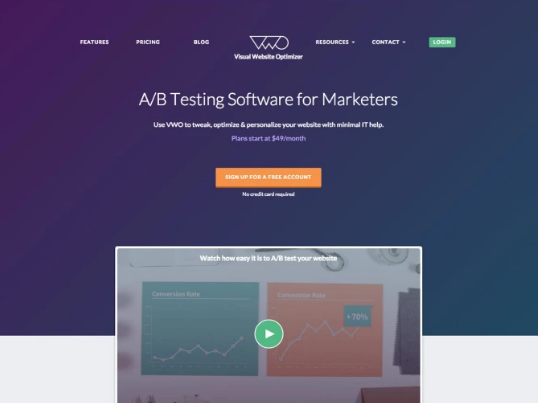
Responsive web designs
During the early times of Responsive web types, web pages had been constructed to focus on a particular display screen size. If the consumer had a bigger or scaled-down display when compared to the designer anticipated success ranged from undesirable scrollbars to extremely long line lengths, and inadequate usage of space. As a lot more numerous screen sizes became out there, the notion of responsive web design (RWD) appeared, a set of procedures which allows Web content to change their structure and appearance to fit diverse display screen widths, resolutions, and many others. It is actually an concept that changed the way we style for any multi-system World wide web, and in the following paragraphs, we will allow you to have an understanding of the most crucial procedures you have to know to master it.
For nice Responsive Web design click here : https://cutt.ly/sri0c06
Historic Web-site layouts

At just one position in background you experienced two alternatives when creating a web site:
- You may make a liquid internet site, which might stretch to fill the browser window
- or simply a mounted width web-site, which would be a fixed sizing in pixels.
These two ways tended to result see this here in a website that seemed its most effective within the display screen of the individual creating the location!
The liquid site resulted within a squashed structure on smaller screens
Versatile format right before responsive design

Numerous ways ended up made to test to resolve the downsides with the liquid or preset-width ways of making Web-sites.
In 2004 Cameron Adams wrote a write-up entitled Resolution dependent structure, describing a way of creating a style that may adapt to various screen resolutions.
This solution demanded JavaScript to detect the display screen resolution and load the proper CSS.
Responsive layout
The term responsive style was coined by Ethan Marcotte in 2010 and explained the usage of a few approaches in combination.
- The main was the concept of fluid grids, some thing which was already staying explored by Gillenwater
- and may be browse up on in Marcotte's report, Fluid Grids (published in 2009 on A listing Aside).
- The second strategy was the thought of fluid photographs. Employing a very simple strategy of location theÂ
max-width home toÂone hundred%, images would scale down more compact if their that contains column turned narrower compared to impression's intrinsic sizing, but never ever improve larger. - This enables an image to scale down to fit in a flexibly-sized column, as opposed to overflow it
- but not increase much larger and come to be pixellated When the column becomes broader than the graphic.
- The 3rd critical part was the media query. Media Queries allow the type of structure change that Cameron Adams had previously explored using JavaScript, using only CSS. Rather than owning a person format for all display dimensions, the format might be altered. Sidebars could be repositioned with the more compact screen, or alternate navigation can be shown.